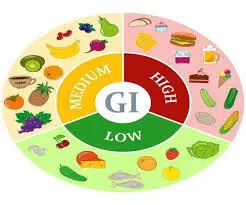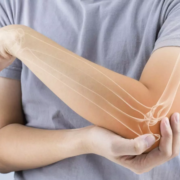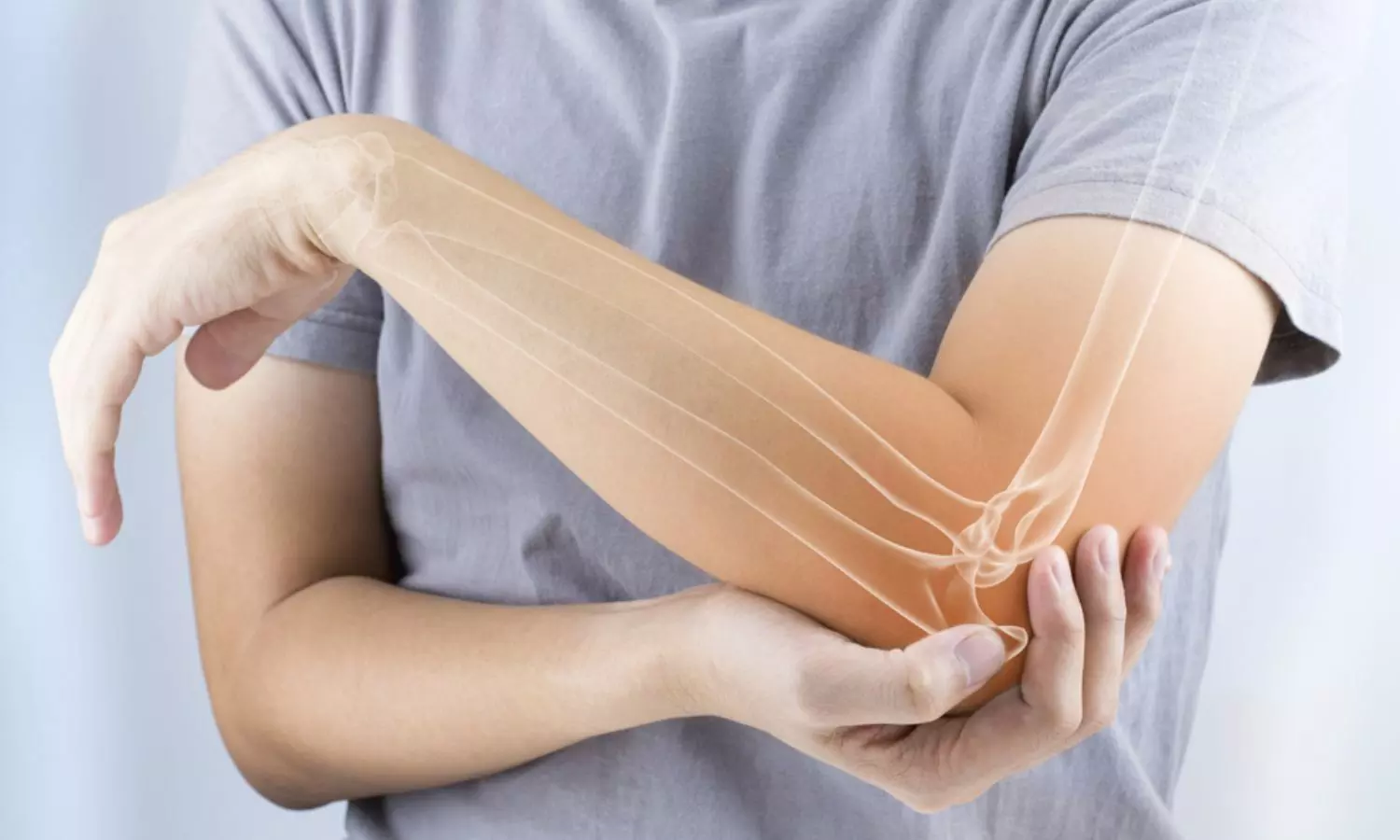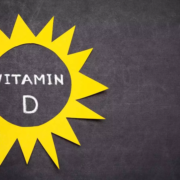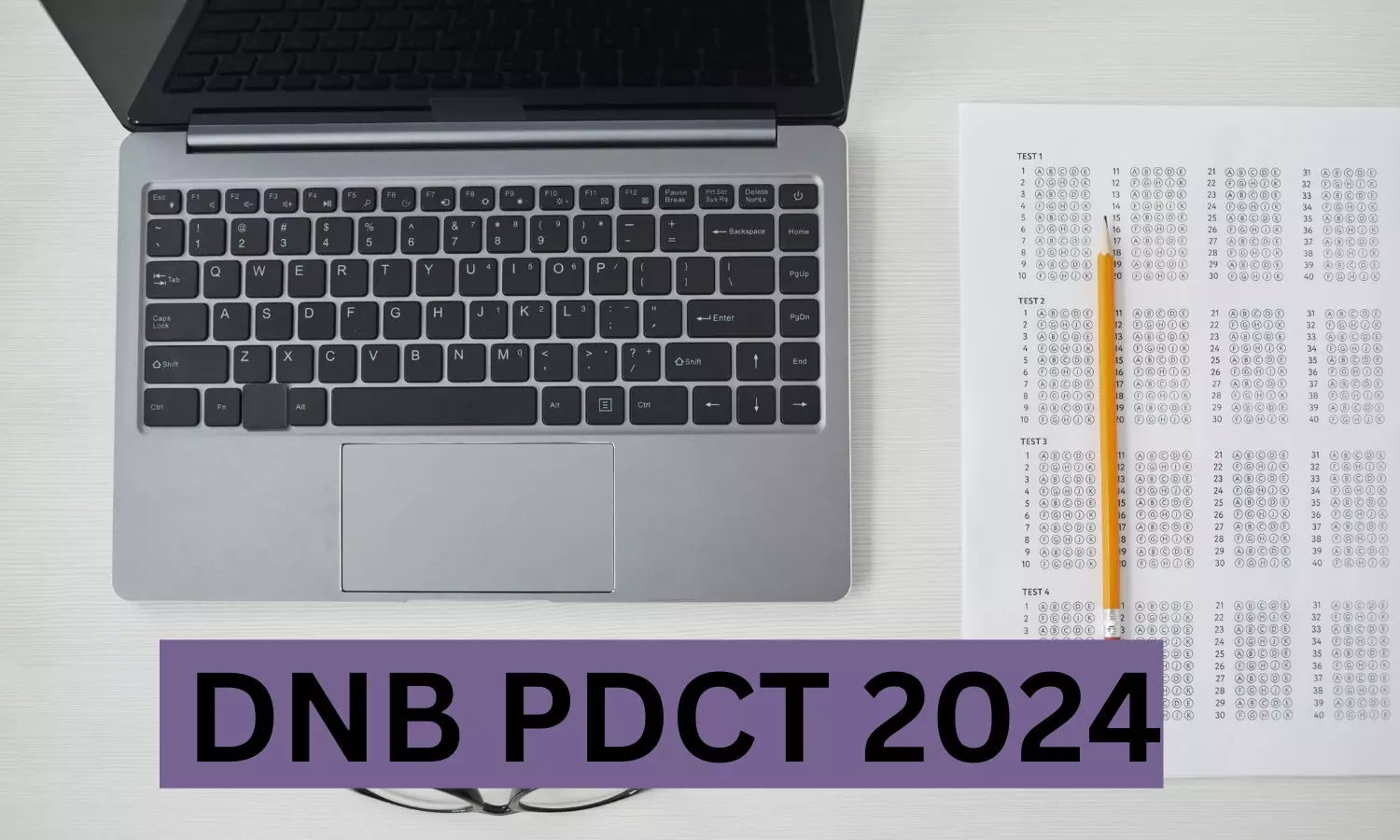Women with endometriosis often have undiagnosed iron deficiency: Study

A recent multi-center study conducted at 2 tertiary care hospitals found that over half of women with endometriosis with undiagnosed iron deficiency by raising concerns about the impact of this condition on overall health and quality of life. The findings were published in the International Journal of Gynecology & Obstetrics.
This research included a total of 251 non-pregnant women aged 18 to 50 who were either clinically or surgically diagnosed with symptomatic endometriosis. The participants underwent blood tests, including complete blood count, ferritin levels, and transferrin saturation. This study also completed comprehensive surveys detailing their medical and surgical history, demographics, and specific symptoms of iron deficiency and endometriosis.
The outcomes of this study found 53.4% of participants to have iron deficiency, and 13.5% had progressed to iron deficiency anemia. Many women with iron deficiency reported experiencing heavy menstrual bleeding (HMB), a common symptom of endometriosis. This study found that HMB was not always a definitive indicator of iron deficiency. While 49.6% of women with iron deficiency reported HMB, 47% of women with iron deficiency did not experience HMB at all.
The findings emphasized the importance of transferrin saturation as a diagnostic marker. In cases where ferritin levels appeared normal (≥30 ng/mL), transferrin saturation was instrumental in diagnosing iron deficiency by accounting for 35.7% of such cases. This underlined the necessity of comprehensive screening beyond routine ferritin tests for identifying iron deficiency in this population.
The study also highlighted the broader impact of iron deficiency on well-being. The patients with iron deficiency had significantly lower scores on the Functional Assessment of Chronic Illness Therapy Fatigue Subscale which indicated more severe fatigue when compared to the ones without iron deficiency. Fatigue is a particularly debilitating symptom for women with endometriosis, affecting their daily functioning and quality of life.
This research suggests that undiagnosed iron deficiency is highly prevalent among women with endometriosis, even in the absence of classic symptoms like HMB. Further, the study calls for future research to assess the potential benefits of iron supplementation in managing symptoms and improving quality of life for these patients. This study highlights on an often-overlooked area of endometriosis care and reminds the need for targeted interventions to address iron deficiency in affected women.
Reference:
Goldberg, H. R., McCaffrey, C., Solnik, J., Lemos, N., Sobel, M., Kives, S., Malinowski, A. K., Shehata, N., Matelski, J., Szczech, K., & Murji, A. (2024). High prevalence of undiagnosed iron deficiency in endometriosis patients: A cross‐sectional study. In International Journal of Gynecology & Obstetrics. Wiley. https://doi.org/10.1002/ijgo.15994
Powered by WPeMatico



